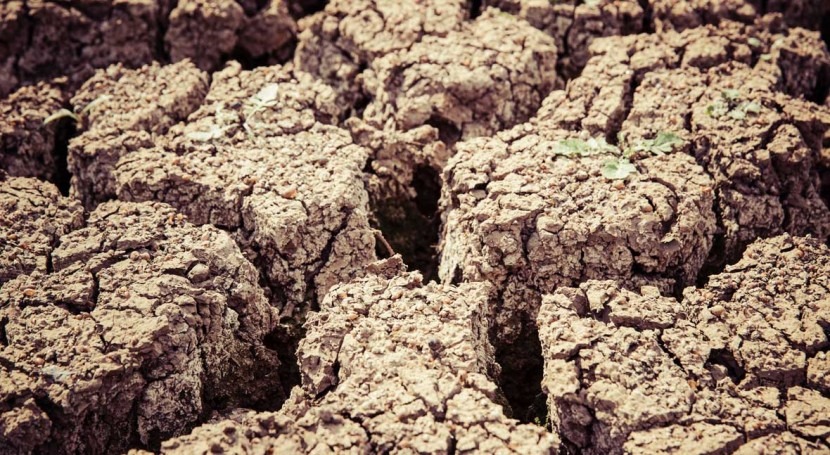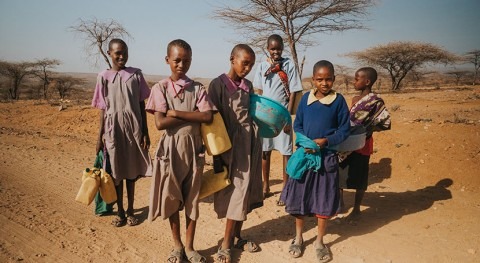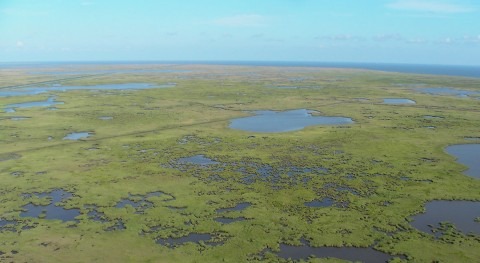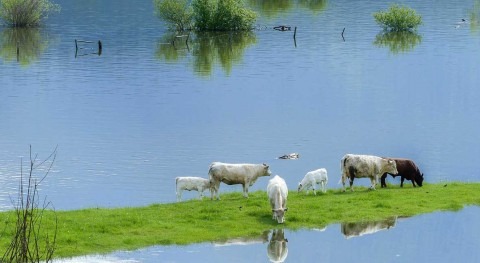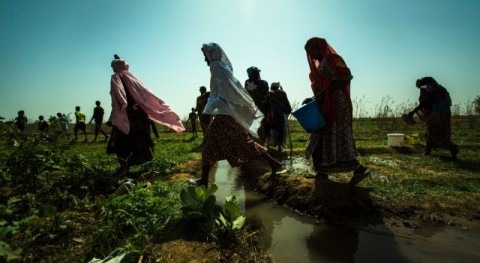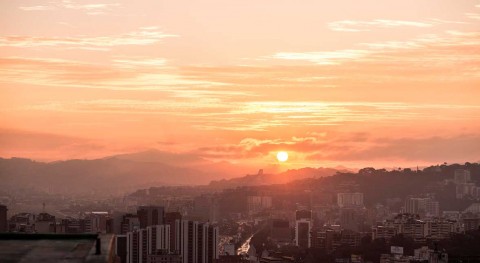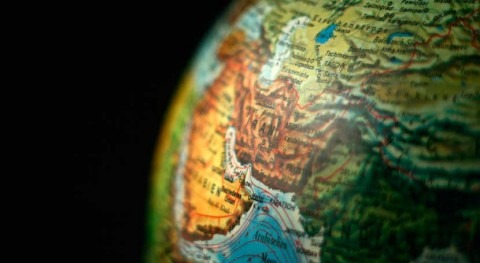Water insecurity is increasing worldwide. Every day there are devastating floods, droughts and water crises around the world; and water risks are increasingly driving conflict and political instability. In most cases, these threats are not merely a consequence of weather or climate, but also the result of inadequate water management and governance. A new report from World Resources Institute (WRI), the Pacific Institute and the Water, Peace and Security (WPS) Partnership finds that even the thorniest water problems can be solved.
Every water crisis is unique and the threats they pose to security are well documented, but relatively few solutions have been presented until now. In southern Iraq, severe water quality problems have triggered social unrest and violent protests. Recent droughts in India have prompted an exodus of farmers from the countryside in Maharashtra and dried up reservoirs serving the city of Chennai. Across the African Sahel, there are violent conflicts between farmers and pastoralists over water and productive land resources. In Yemen, urban water systems have been targets of persistent attacks during the ongoing conflict in the country. And in Central America, farmers are abandoning their farms following five years of severe drought and migrating to regional cities and the United States.
The new report, Ending Conflicts Over Water: Solutions to Water and Security Challenges, offers comprehensive solutions to a number of water-related crises. Despite the apparent complexity of many water and security challenges, potential solutions are not difficult to identify once the key drivers of risk are correctly understood.
The new report offers comprehensive solutions to a number of water-related crises
“Robust solutions to water security challenges are critical,” said Kitty van der Heijden, Director-General for International Cooperation, Dutch Ministry of Foreign Affairs. “For everyone: from public policymakers, farmers, businesses and the international community to residents of areas who face water scarcity, water pollution or flooding. We need bold decisions to implement solutions and increase resilience. The COVID-19 pandemic presents a unique opportunity to help us improve our decisions. We need to use this opportunity to build back better and prevent conflicts over water.”
In 2019, WRI analysis found that 17 countries, home to a quarter of the world’s population, face extremely high water stress. Billions of people face other growing water challenges as well, including highly polluted water, increasingly erratic rainfall leading to more severe droughts and floods, and lack of access to safe and affordable drinking water. These water challenges — already urgent before the COVID-19 crisis — lead to increased insecurity, migration and a growing risk of violent conflict, especially in developing countries that lack the financial, technical and governance capacities to deal with these problems.
In 2019, WRI analysis found that 17 countries, home to a quarter of the world’s population, face extremely high water stress
Resource scarcity usually requires societies to make trade-off decisions: will scarce water resources be used for cooling steam in electric power plants or for irrigating crops? Or will a country keep water in its rivers to irrigate crops and preserve healthy ecosystems or siphon it off to thirsty cities? The report finds that solutions require significant political will, collective action and successful management of trade-offs and vested interests. To make this possible, the authors recommend providing key actors with early warning systems and enhanced awareness of the nature and urgency of water-related threats; increasing stakeholder engagement in decision-making; and developing the capacity to intervene.
“We understand that there are strong links between water and violent conflicts, but we also understand that there are solutions,” said Peter Gleick, Co-Founder and President Emeritus of the Pacific Institute. “This new study offers insights into those solutions, what works and how to move forward to reduce water conflicts in the future.”
The report explores some of the toughest water crises taking place across the developing world and offers solutions. It delves deep into six countries or regions currently facing severe water and security challenges — the African Sahel, Central America, India, Iran, Iraq and Yemen — and proposes solutions for each region, but many of these solutions can be applied elsewhere.
For instance, in Iran, declining water availability in rural areas is undermining rural livelihoods and forcing migration to cities. Solutions, such as placing limits on overall water usage in water-scarce agricultural regions while switching to more efficient irrigation technologies, cultivating less water-intensive crops and improving groundwater management, would greatly increase the sustainability of agriculture and improve rural livelihoods. This would, in turn, reduce migration pressures. In contrast, water infrastructure in Yemen has often been a target or casualty of war. Solutions in this case include strengthening and promoting international humanitarian laws and agreements on the protection of water systems and other infrastructure in times of war.
“From Iran, to India, to Central America and other global hotspots, our report documents water, climate change and security crises, and the factors that drive them,” said Charles Iceland, Director, Global and National Water Initiatives, WRI. “Unlike most other analyses, we also recommend solutions to these wicked problems. These solutions can be implemented once there is sufficient political will to overcome any barriers that stand in the way.”
Although each crisis requires solutions that are uniquely suited to local circumstances, the framework presents some cross-cutting solutions. For example:
- When there isn’t enough water to be food self-sufficient, food security needs to be pursued through other means (e.g., via trade agreements and financial products that hedge against rising food prices).
- Downstream countries must push for transboundary water-sharing agreements with upstream countries, so that they know how much water they can expect to have in both normal years and during drought.
- Wastewater treatment and reuse technologies can turn wastewater from a liability into an asset.
- Innovation can be used to soften the impacts of trade-off decisions (e.g., technologies or processes that increase water use efficiency).
- A variety of stakeholders should be meaningfully engaged in water resource decision-making, including civil society, economic actors, ethnic groups and women’s and youth groups.
A key recommendation is to detect water-related conflicts before they occur and act quickly and effectively to intervene. The Water, Peace and Security Early Warning Tool can predict the risk of violent conflicts up to 12 months ahead of time. The WPS June 2020 update predicted ongoing conflicts in the Sahel, Middle East and Central Asia, with potential instability arising in Mozambique, Zimbabwe, Democratic Republic of Congo and Myanmar. With greater information, local governments, defense experts and development organizations can act and help defuse conflicts before conflict arises.
The report also stresses strategies that enhance equitable distribution and management of scarce water resources as a tool to mitigate increasing competition over them. “Our report finds that many groups across the world may be especially vulnerable to water insecurities because of their gender, age, income, race or ethnicity,” said Ayushi Trivedi, Research Analyst II, Gender and Social Equity, WRI. “Their inclusion in water management, especially that of women, is an important step towards better water governance. We also explore how eliminating discrimination against women is key to achieving a rights-based reduction in population pressures on scarce water resources.”
These challenges are urgent. We need to target key international, national and local stakeholders and make the political case for implementing necessary but difficult solutions to water and security challenges. Otherwise, we will likely see a rising number of water-related conflicts, water scarcity- and flooding-induced displacements of populations and failed states. Solutions exist for even the thorniest water problems. Now we need significant political will, collective action and successful management of trade-offs and vested interests to implement them.
“With data and knowledge on the linkages between water risks and conflict increasing, it is now time to move to action,” said Susanne Schmeier, Manager, Water, Peace and Security (WPS) Partnership. “We need to focus on identifying and testing solutions that can help prevent, mitigate and resolve water conflicts, combining legal, institutional, economic and technical approaches in an integrated manner.”


